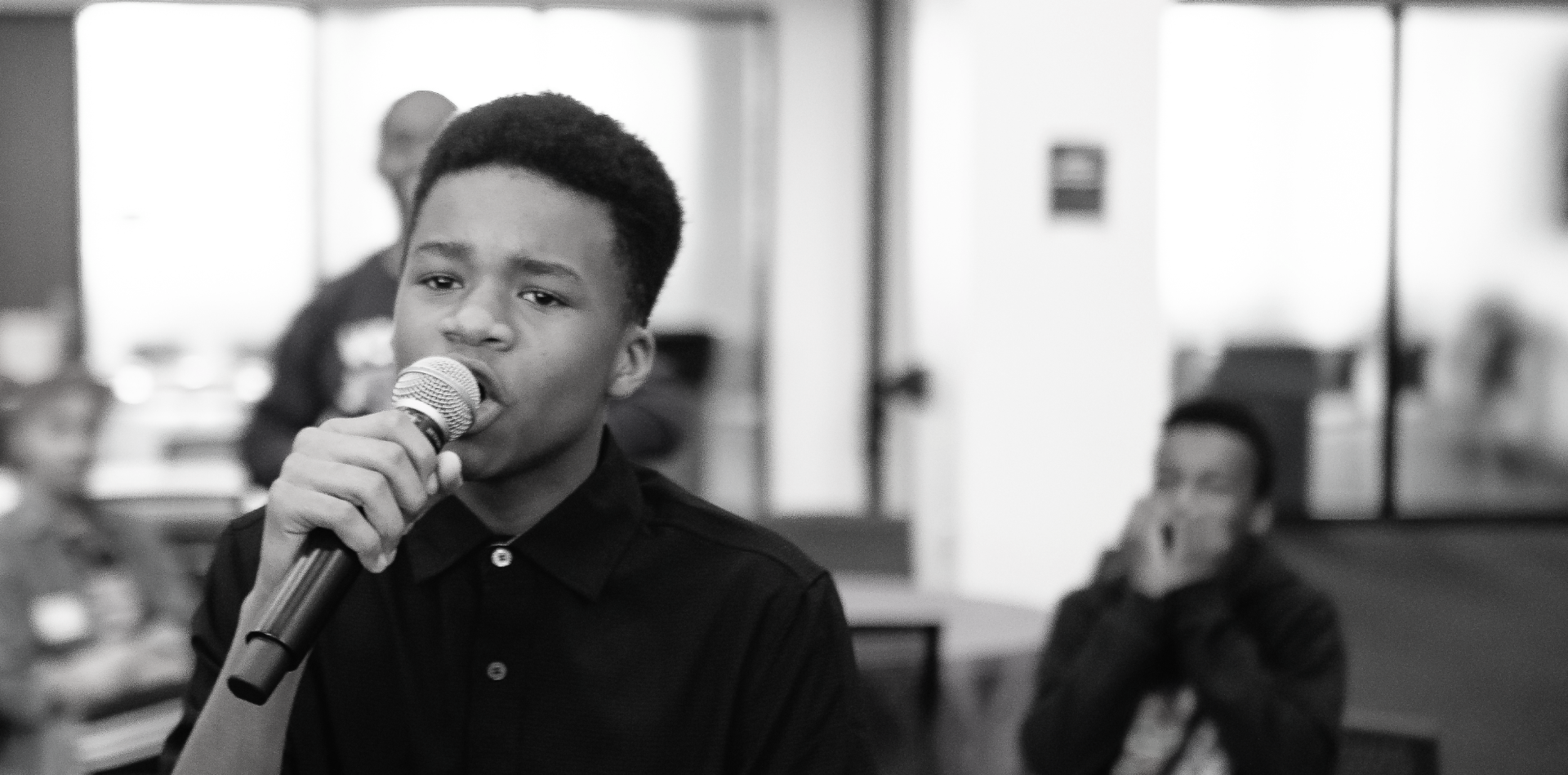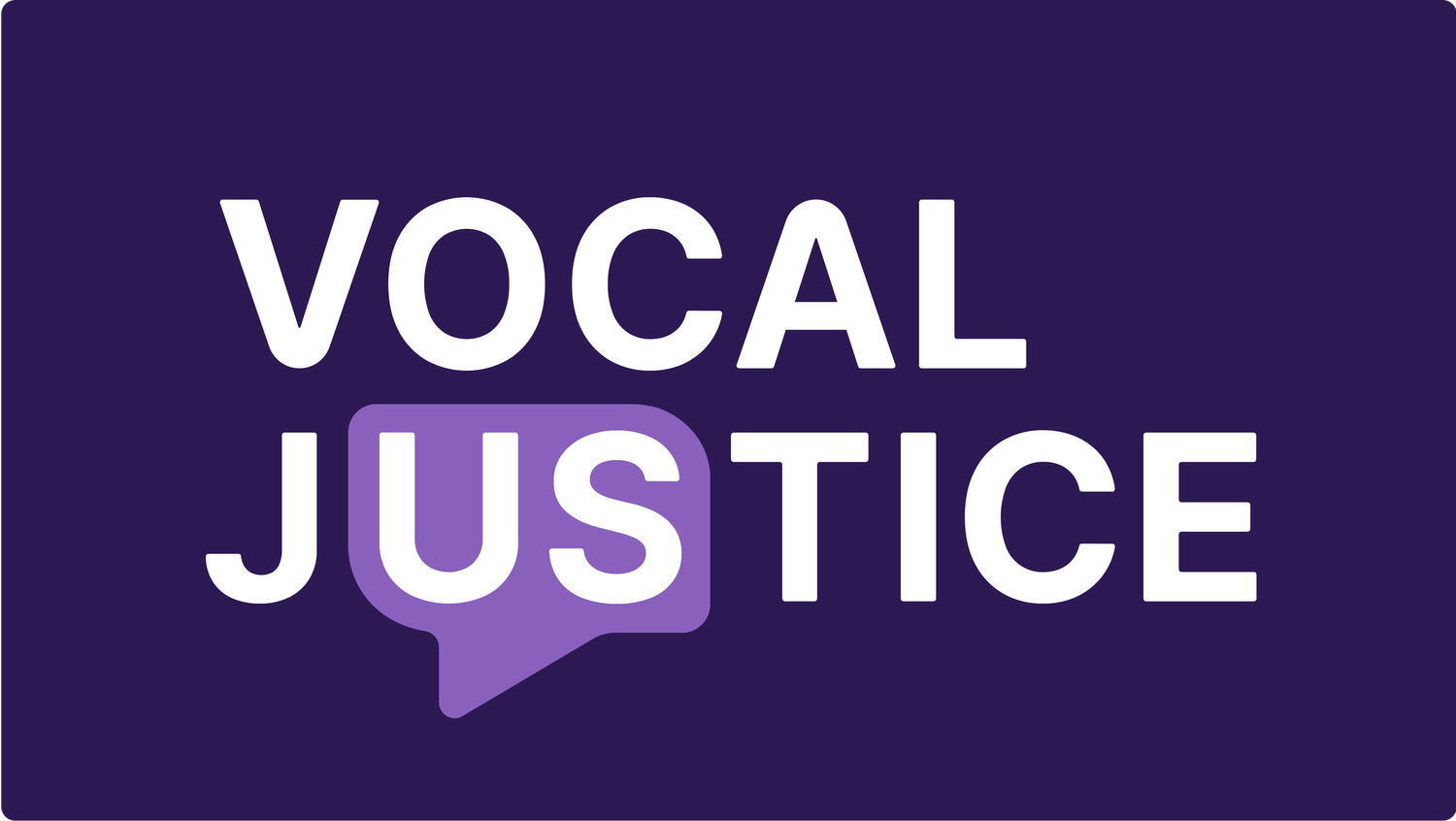
Our 2023-2026 Strategic Plan
After surveying and interviewing hundreds of young people, connecting with educators, and speaking with peer organizations, our staff and Youth Advisory Council co-aligned on what our strategic priorities will be, focused on how we can deepen our impact within and beyond classrooms.
Read our full plan here and see highlights below.
Come back for regular updates on our progress and learnings.


Proximate youth should be in the driver’s seat when it comes to social change. But they shouldn’t be on this journey alone.
When adult allies are in the passenger seat — asking probing questions, sharing affirmations, drawing connections — proximate youth are more willing and able to advocate for social change. They know adults have their backs.
Educators are wonderful people to be in the passenger seat. They see firsthand the realities proximate youth are dealing with, such as our mental health crisis, which is particularly impacting Black girls and queer youth. At the same time, educators are struggling themselves, overwhelmed and underappreciated, and leaving the classroom at record rates.
We have an opportunity to design solutions that are useful and inspiring for proximate youth, as well as the educators who support them.
Crafting and scaling these solutions will be challenging in today’s climate. Across 36 states, there are efforts to limit education around racism and related topics. Even in developing this strategic plan, individuals tried stifling our work by spamming one of our outreach forms. But we’re leaning into this fight, making three of our five priority regions places that are battlegrounds for learning restrictions. Educators there arguably need our support the most.
This fight is worth it because our young people are. And we’re not in this alone. We’re grateful to our supporters, thought partners, and peer organizations who are on this collective journey with us to cultivate learning environments that see and bring out the best in proximate youth. Together, we will win.
With love,
Vocal Justice
Overview: Our Three Strategic Priorities
-

Strengthen educators' toolkits to position proximate youth as leader for social change.
Youth Power Curriculum
Professional Learning
School-Wide Consultations
-

Provide opportunities for VJ youth to make change and grow after finishing our year-long curriculum.
Social Change Projects
Storytelling Campaigns
Follow-up Workshops
-

Explore bringing our work to out-of-school organizations that support proximate youth.
Partner Identification
Program Pilots
Strategic Decisions
We plan to steadily increase our budget and team size to meet our goals. Over time, our total cost per youth and teacher participant significantly decreases.
Resources Required
$900K
2023-2024
To support:
5 full-time staff
30 teachers
800 young people
To support:
8 full-time staff
80 teachers
2200 young people
$1.4M
2024-2025
2025-2026
To support:
9 full-time staff
130 teachers
2900 young people
$1.7M

An In-Depth Look at our Strategic Priorities
Goal #1: Strengthen educators’ toolkits to position proximate youth as leaders for social change.
We’re directing most of our resources towards supporting educators, rather than engaging with youth directly. Investing in educators allows us to efficiently, yet meaningfully impact thousands of young people each year. Focusing on educators also allows us to embrace our guiding principle of focus on the root cause, as our work will help shift adult educator mindsets and entire school systems to center youth power and liberatory education.
In the next 3 years:
5250 young people will experience our curriculum
200 teachers will attend at least two of our PL workshops
5 principals will adopt a school-wide strategy for youth power-building
90% of teachers trained will report increased ability to build youth power
90% of youth reached will report a positive change in their teachers’ skills
And we’ll learn:
How to design our youth curriculum to fit into what teachers already have to do
The ideal dosage of VJ PL workshops for teachers
How schools can help each other re-design policies and practices to promote youth power-building
Goal #2: Provide opportunities for VJ youth to make change and grow after finishing our year-long curriculum.
While we’ll prioritize work with educators, we will still do some engagement with youth, particularly those who have completed our curriculum. Because of their proximity, educators are best suited to get youth first involved in VJ. After a year, we expect that youth will be willing to engage with VJ staff. Youth shared that they need support finding social change projects, so we’re focusing our efforts on that. They also shared needing money, so we’ll get them paid for their social change work.
In the next 3 years:
350 VJ youth will be paid to do social change work
500 VJ youth will attend at least two follow-up workshops
25 social change organizations will partner with VJ
90% of partner organizations will say VJ youth thrived as leaders while doing social change projects
80% of VJ youth will remain civically engaged at least one year after completing their paid social change projects
And we’ll learn:
How to support VJ youth to complete social change projects
What the best mediums are to share youth stories and insights
How to effectively build community among youth leaders in a virtual setting
Goal #3: Explore bringing our work to out-of-school organizations that support proximate youth.
Our in-school work is important, but may be insufficient. Given schools’ budget and political constraints, we may not be able to best reach proximate youth through schools alone. By exploring partnerships with out-of-school organizations, we will gather important insights about how much of our work should be within versus outside of schools. Based on what we learn, we will update our organizational strategy during our next strategic planning process.
In the next 3 years:
150 young people will engage in VJ outside of school
25 out-of-school organizations will engage in a VJ listening tour
10 out-of-school organizations will formally collaborate with VJ
90% of our out-of-school partners will provide feedback about experience with VJ
90% of VJ team (staff, youth advisors, and Board) will agree on our future out-of-school strategy
And we’ll learn:
Which proximate youth are best served out of school
How our out-of-school offerings should differ from in-school ones
Which factors to consider when deciding how much to invest in an out-of-school strategy
Priority Regions
Between fall 2023 and summer 2026, about 80% of our programming will take place in six cities and their surrounding communities. The remaining 20% of our work will be elsewhere in the country — especially in rural communities and areas where we already have traction.
We balanced choosing areas where work like ours is less accessible and where we can partner with and learn from existing organizations. Details about how we landed on these six priority locations are located in the appendix of our full strategic plan.
Strategic Shifts After Year 1
As we reflected on this past year, we decided to pivot our work in three key ways.
Read our full strategic plan here.

















